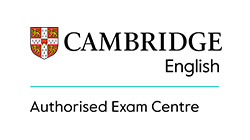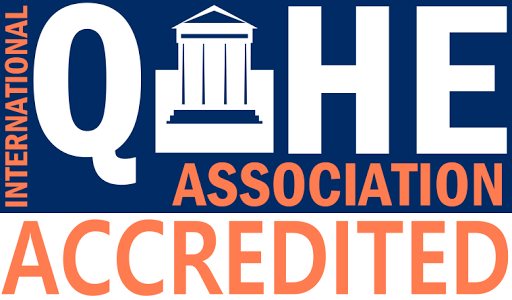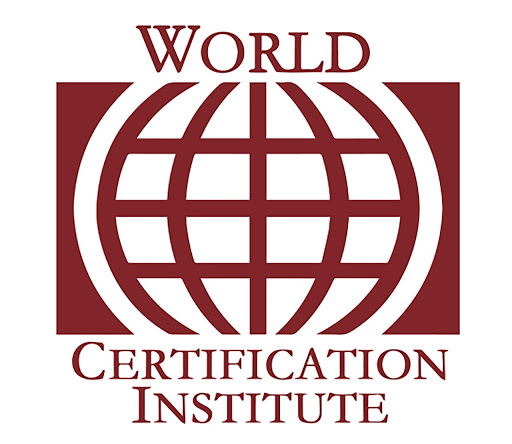We all know that education is the foundation of future success for every child. However, the statistics tell a different story. According to research, 250 million children worldwide are not in school, and those who get the chance to attend are not learning effectively.
This gap could potentially lead to a staggering cost of $10 trillion by 2030. That kind of crisis calls for a careful strategy rather than looking for a simple way out.
Those teachers who have pursued courses like educational leadership certification online, know that enhancing learning outcomes for students relies on three important steps: commit, measure, and iterate. Prioritizing learning, measuring progress, and iterating on strategies allows teachers to build effective education improvement.
These steps are not specific to one organization but are shared by various successful education programs across the globe.
If you also want to learn about these three crucial steps to drive students’ learning outcomes, keep reading this blog further.
So, without any further delay, let’s get started.
Effective Three Steps For Driving Students’ Learning Outcomes
Let’s get to know the crucial three steps that you can use to improve student’s learning outcomes:
1. Commit to Learning
The first step to improving learning outcomes is making a strong commitment to specific, measurable goals that focus on student growth. Commitment means:
- Setting clear objectives aligned with curriculum standards and student needs
- Engaging educators, students, and families in the shared vision of success
- Allocating resources and time to strategies that have been proven to enhance learning outcomes of students
By prioritizing student-centered goals, schools and teachers can create a roadmap that guides instructional decisions and fosters accountability.
2. Measure Learning Outcomes
Measurement is key to understanding whether educational strategies are effective. This step involves:
- Collecting diverse data like- standardized tests, formative assessments, student work samples, and classroom observations
- Using technology tools to track and analyze student progress in real-time
- Engaging teachers and students in reflective practices around learning data
Effective measurement systems provide timely feedback that highlights strengths and areas for improvement, making learning visible for all stakeholders.
3. Iterate for Improvement
Education is dynamic, and what works best often requires ongoing refinement. Iteration means:
- Reviewing data regularly to identify trends and challenges
- Adjusting instructional approaches to better meet diverse learner needs
- Incorporating feedback from students, teachers, and families to improve engagement and effectiveness
This cycle of reflection and adjustment leads to continuous improvement, ensuring that efforts remain responsive and impactful.
Why Commit-Measure-Iterate Framework Works?
The commit-measure-iterate framework builds a culture of continuous growth. It prevents complacency by keeping focus on real outcomes rather than just activities. Moreover, it empowers educators to be adaptive innovators, using evidence to make informed decisions that benefit every learner.
Practical Tips to Implement the Commit-Measure-Iterate Framework
Let’s get to know some of the effective tips to implement the Commit-Measure-Iterate framework:
Start small: Choose one learning goal to focus on and commit to measuring it carefully
Build data literacy: Train educators to interpret data effectively and use it for planning
Foster collaboration: Create teams that regularly discuss data and plan iterative steps
Use technology: Adopt digital tools that simplify data collection and analysis
Celebrate progress: Recognize improvements to motivate continued commitment
Final Thoughts
Driving impact on student learning outcomes doesn’t happen by chance. It requires a deliberate process that starts with commitment, thrives on measurement, and succeeds through iteration. By pursuing courses like Online Education Management Courses and embracing these three steps, education professionals can create meaningful, lasting change that truly benefits students.









